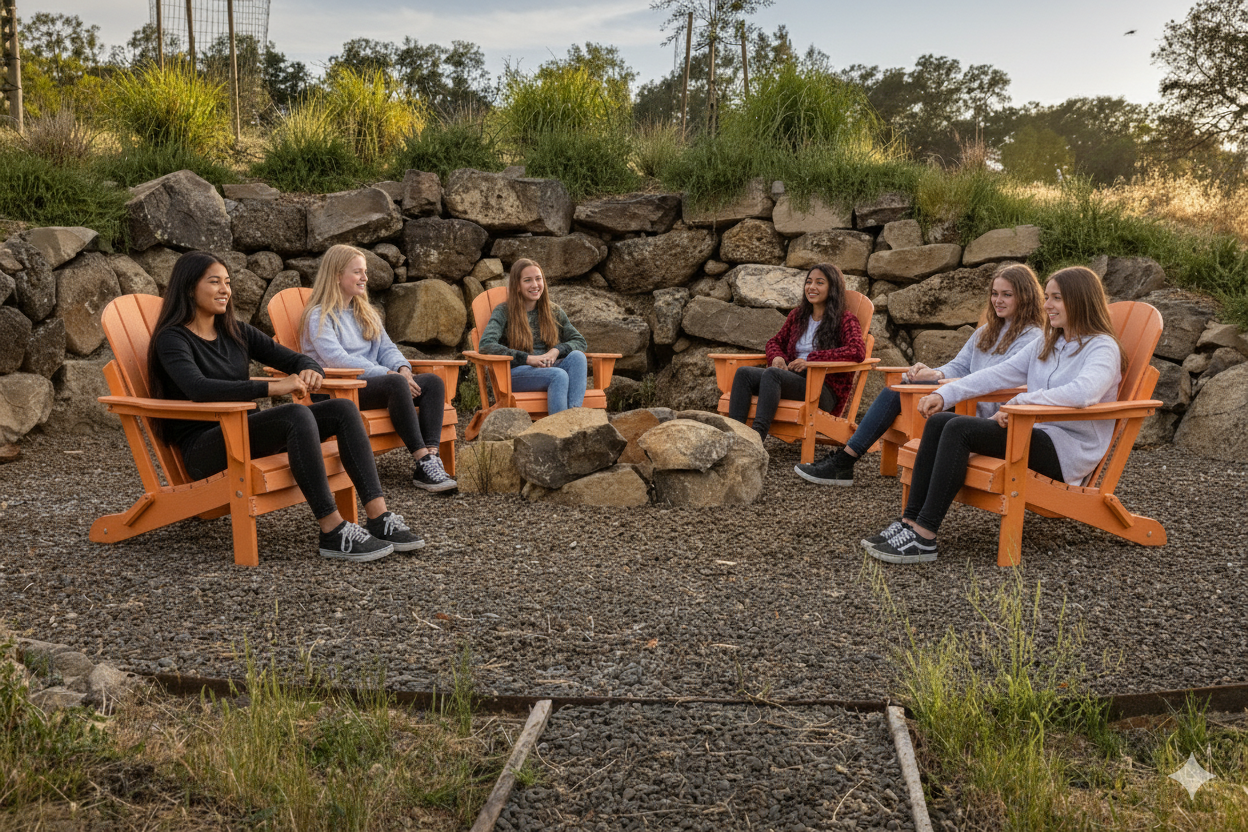 Residential rehab centers provide safe, positive enironments and comprehensive evidence-based care.
Residential rehab centers provide safe, positive enironments and comprehensive evidence-based care.
Parents work hard to provide a loving, safe and supportive home for their children, filled with all the things they’ll need in order to grow into happy, well-adjusted adults. Most parents hope that their children will stay within the home with no breaks until that child is ready to build a similarly safe place to live. There are times, however, when children do need to move out in order to deal with their issues in a concentrated manner. Teens with drug addictions or alcohol abuse issues, for example, might need to move into residential rehab centers in order to learn how to pull together a sober lifestyle.
Target Market
Some adolescents can overcome an addiction issue while they live at home, and some studies suggest that the majority of teens access addiction therapies on an outpatient basis. For example, according to the Treatment Episode Data Set, 11.7 percent of American Indian adolescent boys received care in residential treatment programs, compared to 48 percent of American Indian adolescent boys who got care on a non-intensive outpatient basis. Care like this might seem appealing because it tends to be lower in cost and it allows a teen to continue to maintain close family ties while working on an addiction issue. However, this may not be the right kind of care for all teens with substance abuse issues.
Teens with addictions often start their substance abuse careers due to mental illness. They may lean on addictive drugs simply because they know of no other way to help to medicate the trauma they experience due to mental illness, and drugs and alcohol seem like a good form of medication that could help them to cope. These teens might need intensive therapies in order to heal, and they might need 24/7 supervision so they’re not allowed to slip back into substance abuse during a moment of stress. Teens like this might benefit from residential care, as might teens who don’t have strong family support or healthy communities to lean on as they recover.
Common Treatments
A residential treatment program provides a significant amount of addiction help, including:
- Individual counseling sessions
- Group counseling sessions
- Support group meetings
- Meditative spaces
- Family therapy
In treatment, teens are surrounded by peers who also have addictions, and they’re all asked to work on the addiction issue all day, every day. There can be no relapsing here, as no drugs or alcohol are allowed on the grounds, and the urge to relapse to drug use might also be depleted.
In an interesting study of the brain’s response to drugs, published in the American Journal of Psychiatry, researchers asked cocaine-addicted people to watch a film of people taking drugs and a nature film. The addicted people showed striking activity within the brain when shown the cocaine images, but not the nature images. As this study makes clear, just seeing drugs or drug cues can make an addicted person feel a deep-seated need to use, and as a result, the risk of relapse might be incredibly high. While living in the community, teens might be bombarded with images like this and they might relapse as a result. While living in a residential community, they may not see these images. This can allow cravings to deplete, making the setting itself a form of treatment for addiction.
Residential programs might work hard to help their clients see the need for treatment and to stay involved in care as a result. They might provide clients with hiking opportunities, art therapies, gourmet meals, bowling or other recreational events that are fun and can help a teen enjoy life. Teens who participate may slowly come to realize that they can experience joy in a recreational setting, even if they’re not high while they participate. This could be an important lesson for teens, and it could help them learn how to navigate the community when treatment is through.
Making the Transition
When residential programs are complete, treatment doesn’t really end. Clients might be asked to participate in outpatient programs, continuing to access therapy even while they’re living at home. Clients might also be encouraged to participate in support groups such as Alcoholics Anonymous or Narcotics Anonymous. In a study of these kinds of programs, published in the journal Alcoholism: Clinical and Experimental Research, those teens who went to many meetings when they first left residential care did better in the years that followed, when compared to those who skipped meetings. Support groups can keep a teen connected to sober peers, and it could be an important part of the healing process.
If you’d like to know more about residential addiction care, please call us.









